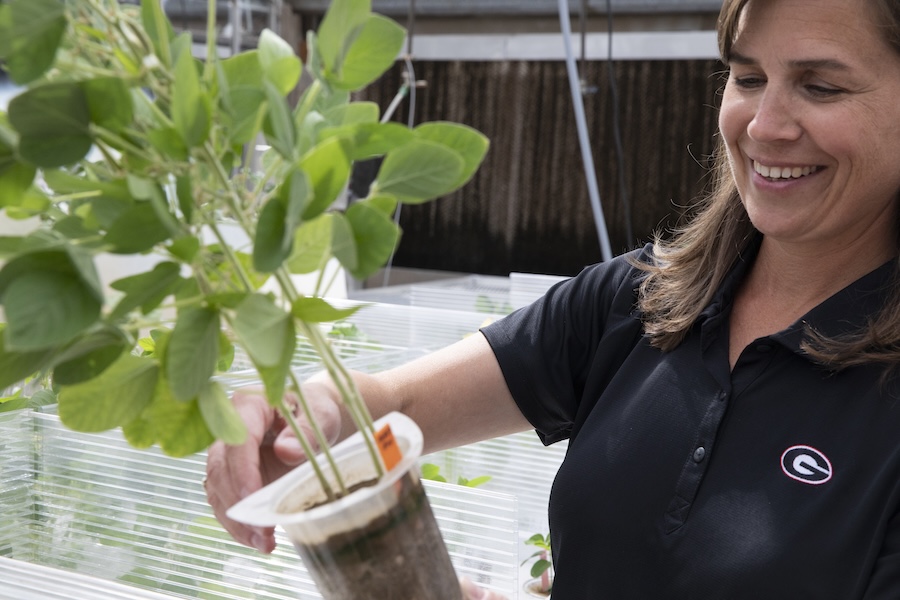By Sharon Omahen
University of Georgia
A University of Georgia food scientist has developed a new pasta product that's chock-full of health benefits and offers a new market for sweet potatoes.
The new pasta is created from the often forgotten, but oh-so-good-for-you cousin to the Irish potato.
"Nowadays people in the U.S. eat sweet potatoes around the holidays and just a few other times in the year," said Yao-Wen Huang, a food scientist with the UGA College of Agricultural and Environmental Sciences. "They have great, beneficial nutritious qualities if we could just get people to eat them more often."
Other countries rely heavily on sweet potatoes
Many countries in Asia and Africa, unlike the United States, rely heavily on the sweet potato, Huang says, as a highly stable food.
"They eat the whole plant -- the roots and the leaves," he said. "Here in the U.S., the leaves are rarely found outside of specialty farmers markets, where they're viewed as a delicacy and are quite costly."
In his Athens, Ga., lab, Huang used sweet potatoes grown in Albany, Ga., to create a sweet-potato flour. He then modified and fortified the flour with soybean flour.
"I use the whole sweet potato, not just the starch," he said. "This creates a flour that's low in fat and high in fiber, beta-carotene, vitamins and minerals."
Huang says sweet potatoes, like carrots and citrus fruits, are an excellent source of beta-carotene.
The soybeans in the new pasta flour add even more healthful qualities.
"Studies show 25 grams of soybean protein per day can prevent cancer and is good for your heart," he said. "They also contain flavonoids and other healthy antioxidants."
Using pasta as the vehicle
Huang chose to make a pasta product because it's a common food. The resulting sweet-potato pasta is orange and has a slightly sweet taste.
"Some people don't like the sweet taste of a sweet potato, and that sweet taste isn't as strong in the pasta," Huang said. "Plus, you can counteract the sweet taste with the other ingredients you add to your pasta dish."
Huang envisioned the sweet-potato pasta being used as a cold salad pasta, but says it can be used for hot dishes, too.
"Adding a hot sauce would be another way to mask the sweet flavor if that aspect didn't appeal to your palate," he said.
Most pastas are wheat-based, but pasta is also made from rice, corn, mung beans and other crops, Huang said.
"We didn't set out to compete with any other pastas," he said. "But the sweet-potato pasta should be a healthy alternative for those who can't eat wheat-based pastas."
For now, Huang has made the sweet-potato pasta in flat noodle form, but he says it can easily be made into spirals or sea shells with the proper equipment. Like other pastas, the sweet-potato pasta can also be made in either wet or dry pasta form.
What will consumers think?
The next step in the project is to see if the new product passes consumer taste tests.
"The folks in my lab love it," Huang said. "But we'll have to wait and see what other consumers think and see if it appeals more to a certain market group."
The sweet-potato pasta needs support from the food industry before you'll see it on your area supermarket shelf.
"As food scientists, we develop the products," Huang said. "Then we hope the food industry or an entrepreneur picks up on the product and produces it commercially."
If the new product is successful, Georgia farmers would be more apt to grow sweet potatoes here. Georgia now grows only about 500 acres of sweet potatoes annually.




.jpg)

